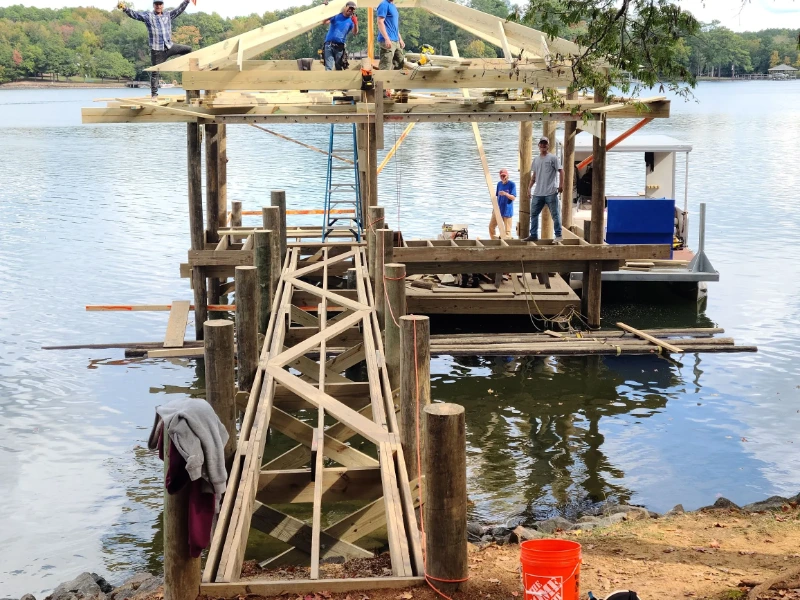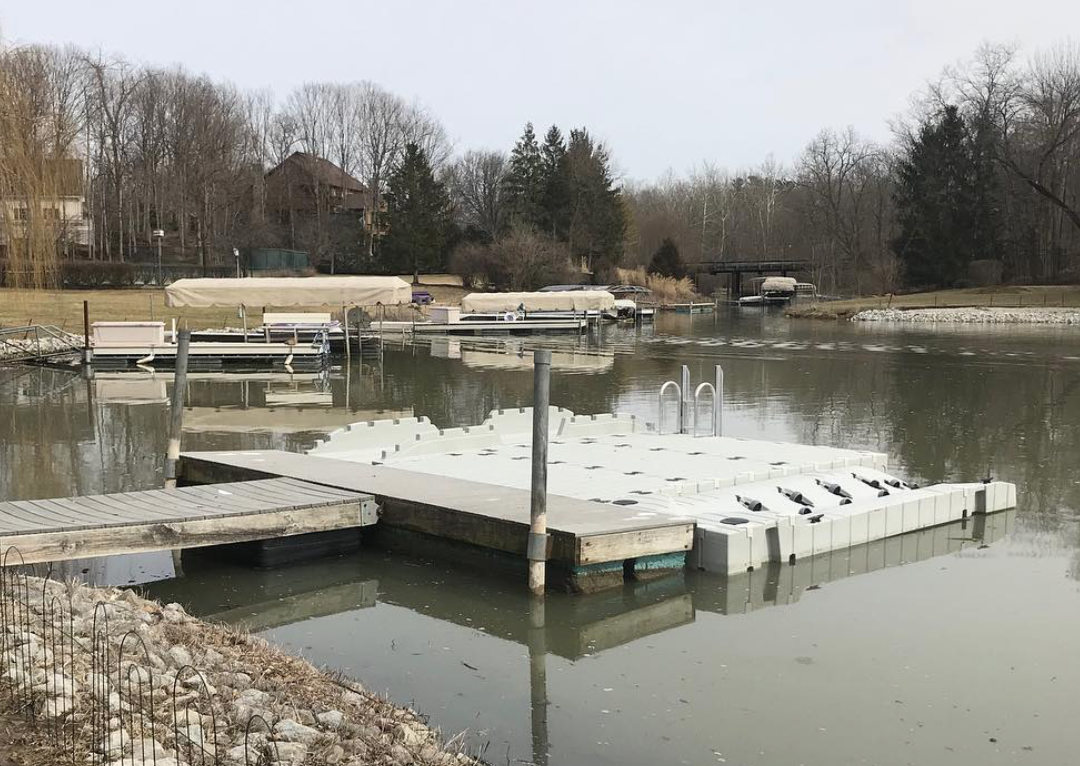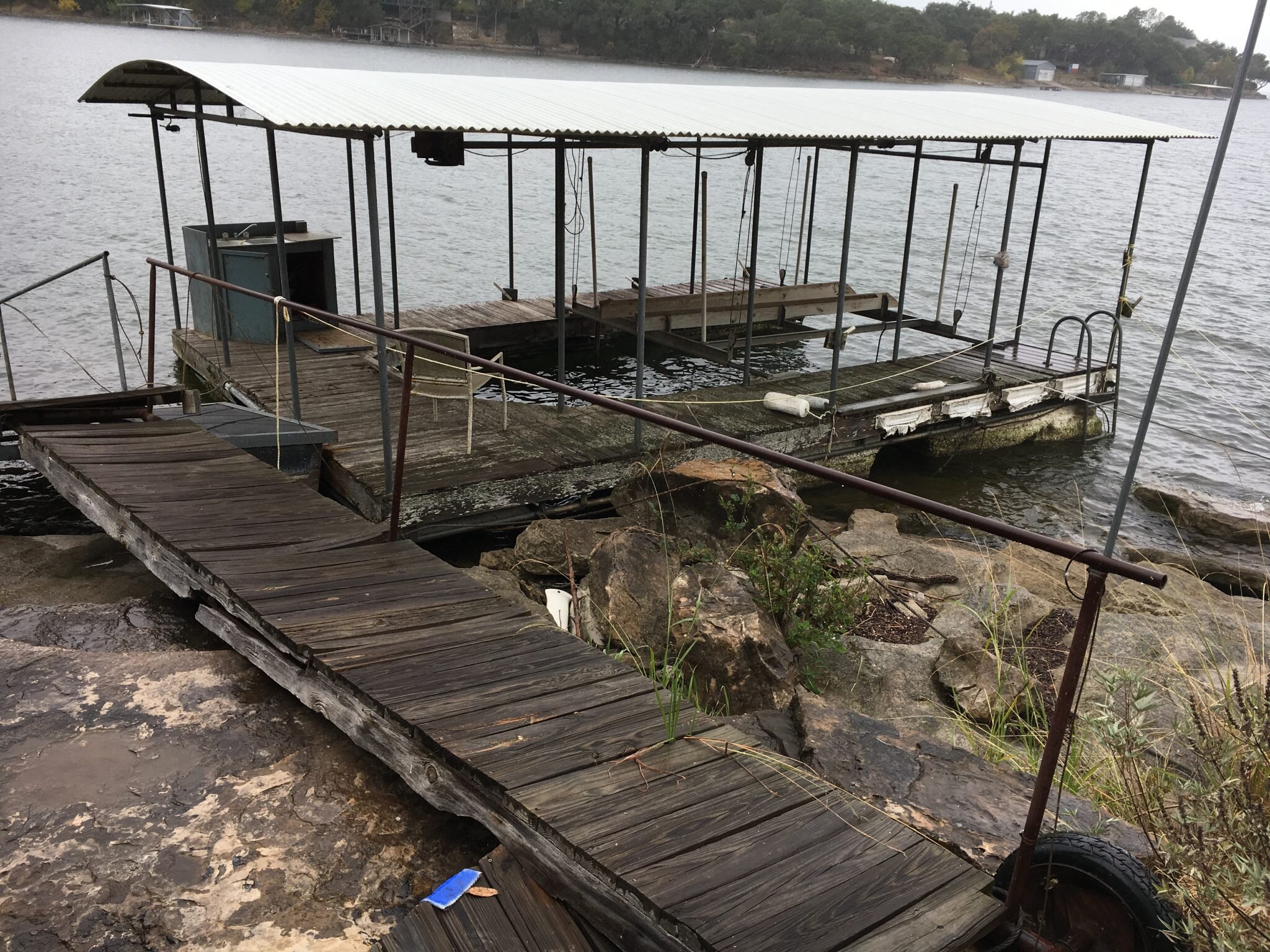The Value of Timely Dock Repairs for Waterside Security
The Value of Timely Dock Repairs for Waterside Security
Blog Article
Just How to Address Common Dock Repair Issues for Safe Water Activities

Identifying Common Dock Issues
Identifying typical dock issues is essential for maintaining the performance and security of your waterside building. Normal evaluations can help reveal issues prior to they come to be severe, making certain both the long life of the dock and the safety and security of those that use it. One widespread issue is loose or corroded bolts. With time, screws, screws, and various other bolts can end up being loose due to consistent exposure to water and weather elements, resulting in structural instability.
Another typical trouble is the destruction of flotation tools. These devices are necessary for keeping the dock resilient, and any type of damages or slits can cause the dock to checklist or sink. On a regular basis looking for leaks or waterlogged drifts can preempt a lot more considerable concerns.
Additionally, algae and barnacle build-up on the dock's surface can create slippery and hazardous problems. This biofouling not only postures a risk to customers but can also speed up the deterioration of the dock materials.
Last but not least, inspecting for signs of rust on metal components is essential. Rust can jeopardize the integrity of the dock's framework, making it dangerous. By consistently identifying these usual dock concerns, you can ensure that your dock remains functional and protected for many years to come.
Repairing Rotting Wood
When attending to the problem of rotting wood on your dock, it is critical to act promptly to avoid additional degeneration. Begin by extensively evaluating the whole structure to identify all affected locations. Make use of a screwdriver to probe the wood; if it sinks in easily, the wood is likely decayed and needs immediate focus.
As soon as recognized, get rid of the decomposed sections using a saw or sculpt. Make sure to reduce back to healthy and balanced, strong wood, ensuring you get rid of all compromised material. After elimination, deal with the remaining timber with a timber preservative to avoid future rot. This therapy will aid guard against wetness, which is the key root cause of timber degeneration.
Next, change the eliminated sections with marine-grade lumber or pressure-treated timber, which are much more resistant to water damage. Safeguard the brand-new pieces with galvanized or stainless-steel bolts to avoid corrosion. In addition, applying a water resistant sealant to the brand-new wood can provide an extra layer of protection.
Securing Loose Boards
Exactly how do you ensure your dock stays hop over to here useful and risk-free for all its customers? One essential facet is securing loosened boards, which can otherwise pose substantial hazards. Loose boards not only raise the risk of tripping yet can additionally compromise the structural stability of the whole dock.

For reinstallation, utilize stainless or galvanized steel screws, as these materials provide superior resistance to deterioration in aquatic settings. Make sure the screws are long enough to penetrate deep into the underlying support framework, however not so long that they extend via the dock's surface. Pre-drilling pilot holes can assist stop the timber from splitting.
Lastly, keep a routine assessment timetable to determine and address any kind of new problems promptly. By protecting loose boards successfully, you add to the overall safety and security and durability of your dock, making it a reputable platform for water tasks.
Supporting Unstable Pilings
Making sure the stability of unstable pilings is critical to keeping a safe and functional dock. Unstable he has a good point pilings can endanger the entire structure, posturing considerable threats to users and potentially leading to costly repairs. The first action in stabilizing these necessary elements is a detailed assessment. Examine the pilings for indications of rot, damages, or changing. Use a degree to look for vertical positioning and ensure they are driven deep enough right into the substratum to provide appropriate support.
If the pilings are located to be unpredictable, one reliable approach for reinforcement is using additional bracing. Cross-bracing with dealt with lumber or galvanized metal can considerably improve security. Anchor the dental braces firmly to both the pilings and the dock structure to disperse tons evenly.

Normal maintenance and routine reassessment of the pilings' stability are vital to making certain long-term dock safety and security and functionality.
Replacing Rusty Hardware
Attending to unsteady pilings is simply one facet of maintaining a dock's honesty; another important issue is replacing corroded equipment. Gradually, exposure to wetness and salt can lead to the oxidation and deterioration of braces, bolts, and screws, compromising the whole framework's safety. Normal assessment for rust is necessary, particularly after extreme weather or seasonal adjustments.
When rusty hardware is determined, immediate activity is required. Begin by choosing marine-grade stainless steel or galvanized hardware, both created to stand up to the severe aquatic atmosphere. Guarantee that you have the appropriate devices, such as screwdrivers and wrenches, to safely eliminate the old, corroded pieces without causing additional damage to the dock.
After removing the rustic equipment, thoroughly tidy the impacted locations to remove any kind of residual rust or debris. Apply a rust-inhibiting primer to revealed metal surface areas prior to installing the new hardware. Tighten all fixtures safely to stop future helping to loosen, and periodically inspect the fittings to make sure continuous security.
Changing rusty hardware not only prolongs the dock's life expectancy but likewise dramatically enhances the safety of water tasks. By proactively taking care of corrosion, you protect both the structure and its users, ensuring a delightful and safe and secure beachfront experience.
Final Thought
Normal assessments and upkeep are important to resolve usual dock fixing issues and make certain risk-free water tasks. Such proactive measures you could look here contribute to the total security and capability of dock structures, cultivating a secure environment for water-based activities.
Guaranteeing the security of water tasks hinges substantially on the appropriate maintenance and repair of anchors (Dock Repairs). These tools are vital for keeping the dock resilient, and any damages or leaks can trigger the dock to listing or sink. By consistently recognizing these common dock concerns, you can guarantee that your dock remains functional and safe for years to come
Guaranteeing the security of unsteady pilings is paramount to preserving a safe and functional dock.Routine inspections and upkeep are crucial to attend to usual dock repair work problems and make sure secure water tasks.
Report this page